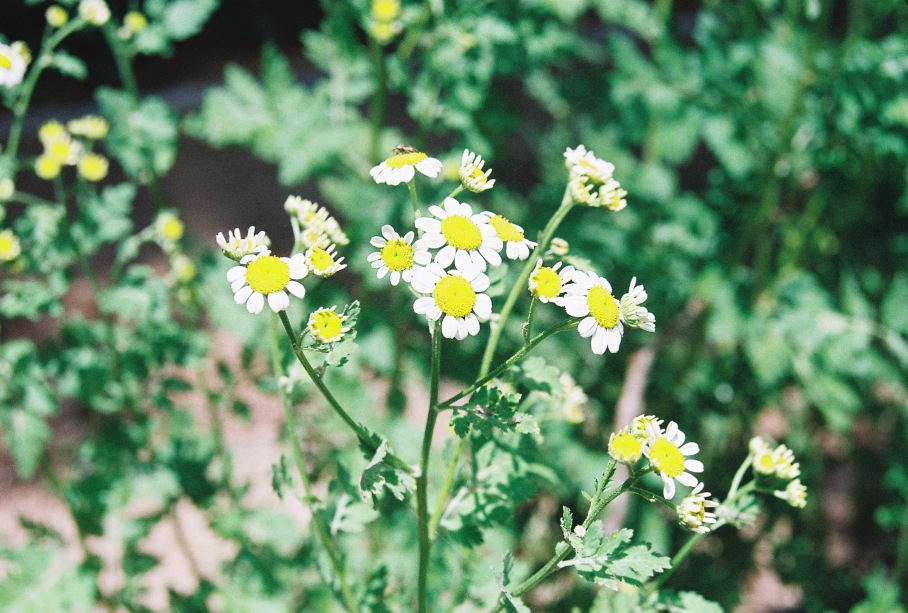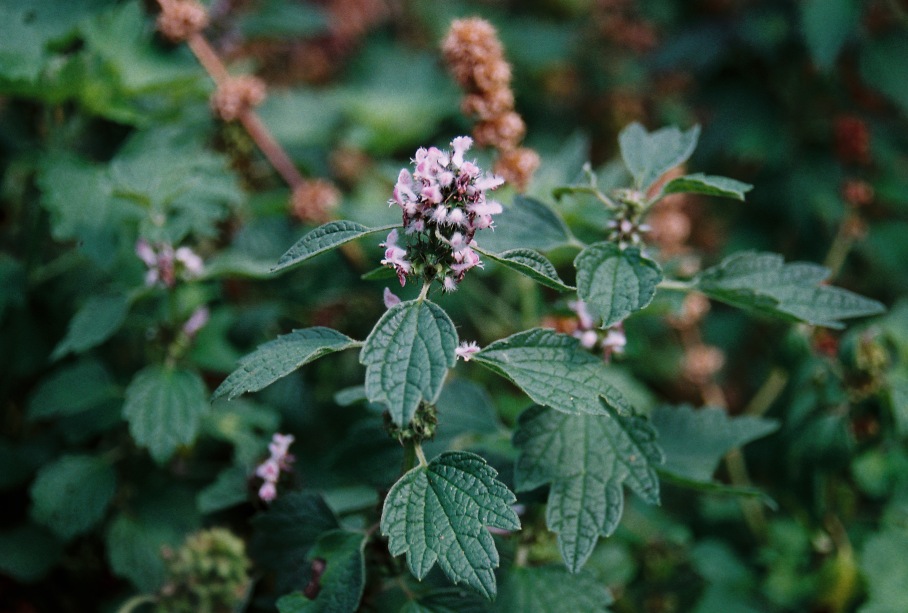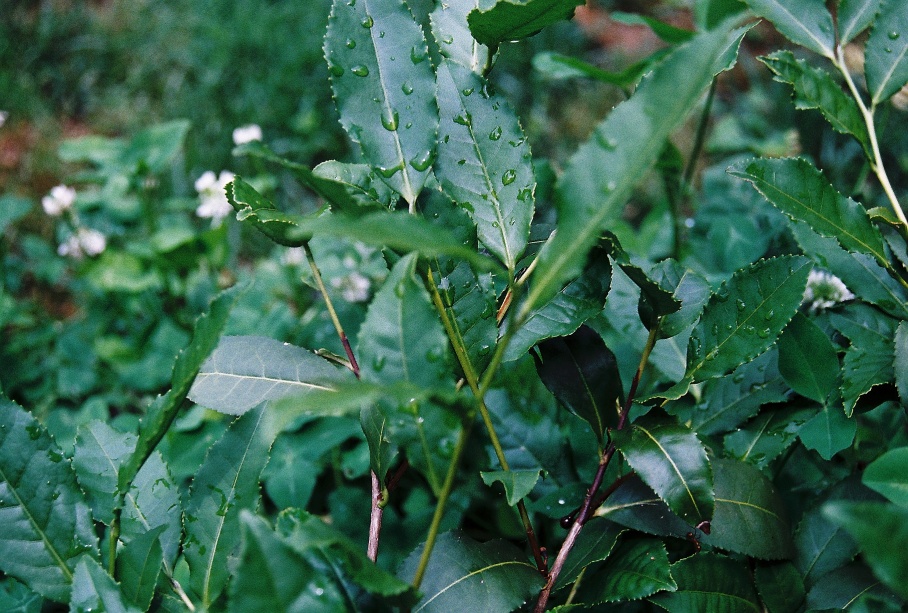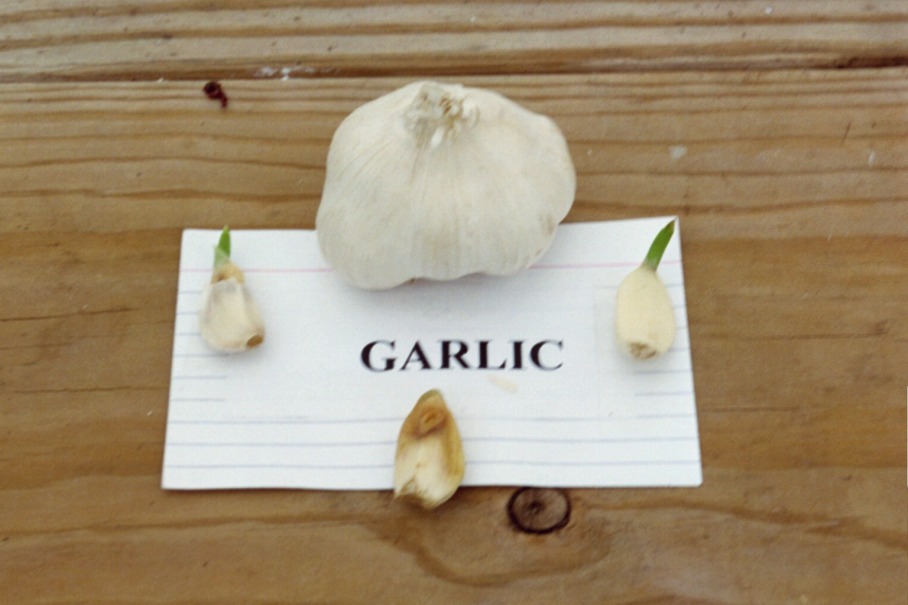Over the past several months, I have discussed the use of garden herbs as natural medicines to lower high blood pressure and relieve the pain of arthritis. I want to thank those of you who have taken the time to contact me about this information. Your interest validates the purpose of this blog; which is to let the general public know about natural (and low cost) remedies for the common diseases of old age.
Starting this week, I am going to switch gears again, and begin discussing the use of garden herbs as natural weight loss supplements. Much of what you will see is excerpted from my book “The Weight Loss Garden”, now available for purchase both at Amazon and online at www.weightlossgarden.com.
Weight gain has always been a normal part of aging, and is usually the result of less physical activity, a slower metabolism, and a diet high in carbohydrates, fats and sugars. Moreover, over the past few years popular culture has become increasing obsessed with having a youthful appearance (which is often confused with being healthy). Recent surveys [i] by the Center for Disease Control and Prevention (the CDC) have shown that 2 in 3 Americans today are overweight.
As a result, the U.S. weight loss industry today is booming, and American consumers are inundated with advertising for new “miracle” weight loss products. The companies selling these products invariably claim that they represent some new medical discovery which will enable purchasers to lose weight quickly and effortlessly. Popular demand for these products is reflected in skyrocketing sales for weight loss books, DVDs, CDs, body wraps and pills. Indeed, Americans are currently estimated [i] to spend between 33 and 55 billion dollars annually on weight loss products!
Unfortunately, many of these products are expensive and have potentially dangerous side effects. For example, a class of weight control drugs called “appetite suppressants” has been recalled repeatedly over the past 20 years due to the FDA’s concerns about potentially deadly side effects. These side effects included developing primary pulmonary hypertension (PPH) [i], (a potentially fatal disorder that affects the blood vessels in the lungs), heart valve problems, and an increased risk of strokes and heart attacks. As a result, the FDA recalled fenfluramine in 1997 [ii], phenylpropanolamine [iii] in 2000, ephedrine in 2004, and sibutramine [iv] in 2010.
Serious adverse side effects have also been associated with other major categories of prescription weight loss drugs, such as fat absorption inhibitors, metabolism boosters and so called off-label prescriptions, such as fluoxetine (Prozac). (The Weight Loss Garden discusses these effects in some detail.) So, while it is true that reducing one’s weight is a good way to improve overall health, using prescription drugs to do so can be both expensive and dangerous.
Luckily, Mother Nature has provided us with some natural alternatives. As a result, anyone with a garden can grow herbal weight loss supplements which are safe, effective and inexpensive. We will examine some of them in my next several posts.
[i] Abenhaim L., Moride Y., et al, “Appetite Suppressant Drugs and the Risk of Primary Pulmonary Hypertension” New England Journal of Medicine 1996; 335:609
[ii] “FDA Announces Withdrawal of Fenflueramine and Dexfenfluramine (Fen-Phen)” FDA press release 9/15/97
[iii] “Phenylpropanolamine Advisory” FDA press release 6/11/00
[iv] “Meridia (sibutramine): Market Withdrawal Due to Risk of Serious Cardiovascular Events” FDA press release 10/08/10.
[i] “Profiting From America’s Portly Population”, http://wwwreuters.com/article/presrelease/ 21 April 2008
[i] “Prevalence of obesity and trends in the development of body mass index among US adults, 1999-2010,” Journal of the American Medical Association, 2012;307(5):491-97









